

Applying a high-pressure cleaning device on a resin surface is not recommended. The force exerted by these machines can compromise the integrity of the resin, leading to cracks or surface degradation. Instead, consider utilising a gentle approach with a soft-bristle brush and mild cleaning solutions tailored for delicate surfaces.
When tackling dirt and grime on resin surfaces, a diluted cleaning agent combined with warm water usually yields the best results. Soft scrubbing not only preserves the aesthetics of the resin but also enhances its lifespan. Avoid any abrasive materials that could scratch or damage the surface finish, opting for non-abrasive alternatives instead.
If stubborn stains persist, a cleaning solution designed for resin may be suitable. Carefully follow the manufacturer’s instructions to maintain the surface’s integrity while achieving the desired cleanliness. Always conduct a spot test in an inconspicuous area to ensure compatibility before applying any product to the entire surface.
Regular maintenance, coupled with the right cleaning techniques, will keep resin surfaces looking pristine while avoiding the pitfalls associated with high-pressure cleaning equipment. Employing these methods will ensure your resin surface remains both functional and visually appealing.
Recommendation Regarding High-Pressure Cleaning on Synthetic Surfaces
Maximal caution is paramount when considering intense cleaning techniques on synthetic surfaces. The use of a high-pressure cleaning device is not advisable due to the risk of damaging the material. Opt for a softer approach to maintain the integrity of the surface while ensuring cleanliness.
Suitable Techniques for Maintaining Synthetic Surfaces
Employ a broom or a stiff brush to remove debris and dirt. Following this, a mixture of mild detergent and warm water works effectively. Apply this solution with a sponge or soft cloth, allowing it to sit briefly before rinsing with a gentle spray of water. This method will preserve the surface while ensuring it remains clean and visually appealing.
Additional Considerations for Long-Term Maintenance
Regular maintenance is crucial. Inspect the surface periodically for any signs of wear or damage and address issues promptly to prevent further complications. Avoid using harsh chemicals or abrasive materials during cleaning, as they can compromise the surface over time.
Understanding Resin Driveways and Their Composition
Optimally, a surface composed of a mixture of aggregate stones and a solvent-based or water-based binder creates a strong and flexible area, enhancing aesthetics and functionality. The aggregates typically range from pebbles to recycled materials, providing a unique finish tailored to individual preferences.
Generally, the binder holds the stones together, ensuring durability and resistance to cracking and fading. This element is crucial for longevity, as it safeguards against temperature fluctuations and UV damage, making such surfaces suitable for varied climates.
Maintenance involves regular sweeping and occasional washing using gentle methods, as harsh treatments can compromise the integrity of the binder. The permeable nature ensures water is drained away effectively, reducing pooling and ice formation in colder months. This characteristic must be preserved to maintain functionality and visual appeal.
In essence, when choosing an appropriate cleaning method, considering composition details can prove beneficial in preserving the surface over time. It’s advisable to consult product guidelines to ensure compatibility and avoid damaging the finish during cleaning procedures.
Potential Risks of Using a Pressure Cleaner on Composite Surfaces
.jpg)
Employing high-pressure washing on composite surfaces carries risks that require careful consideration. First, intense water jets can dislodge aggregate materials embedded within the composite, leading to surface degradation over time. This dislodging can create uneven aesthetics and reduce the longevity of the installation.
Surface Damage
The force exerted by a high-pressure system can result in visible pitting or scarring on the surface. This occurs as the intense stream erodes fine layers, creating unsightly marks and potentially exposing the underlying substrate to environmental elements. It is advisable to test a small, inconspicuous area before proceeding with the cleaning process.
Water Infiltration Issues
In some cases, strong water jets may force moisture into cracks or joints, which can lead to further damage during colder months due to freeze-thaw cycles. This moisture retention can accelerate the breakdown of binding agents within the composite, compromising the structural integrity and appearance. Proper drying and drainage should be assessed prior to cleaning to mitigate these risks.
Additionally, using unsuitable nozzles or settings can lead to excessive wear on the surface. Selecting lower pressure and a wider spray angle decreases the likelihood of damaging the composite while still achieving satisfactory cleanliness. Always prioritise a meticulous examination of the condition of the surface prior to employing any cleaning method.
Recommended Pressure Washer Settings for Resin Drives
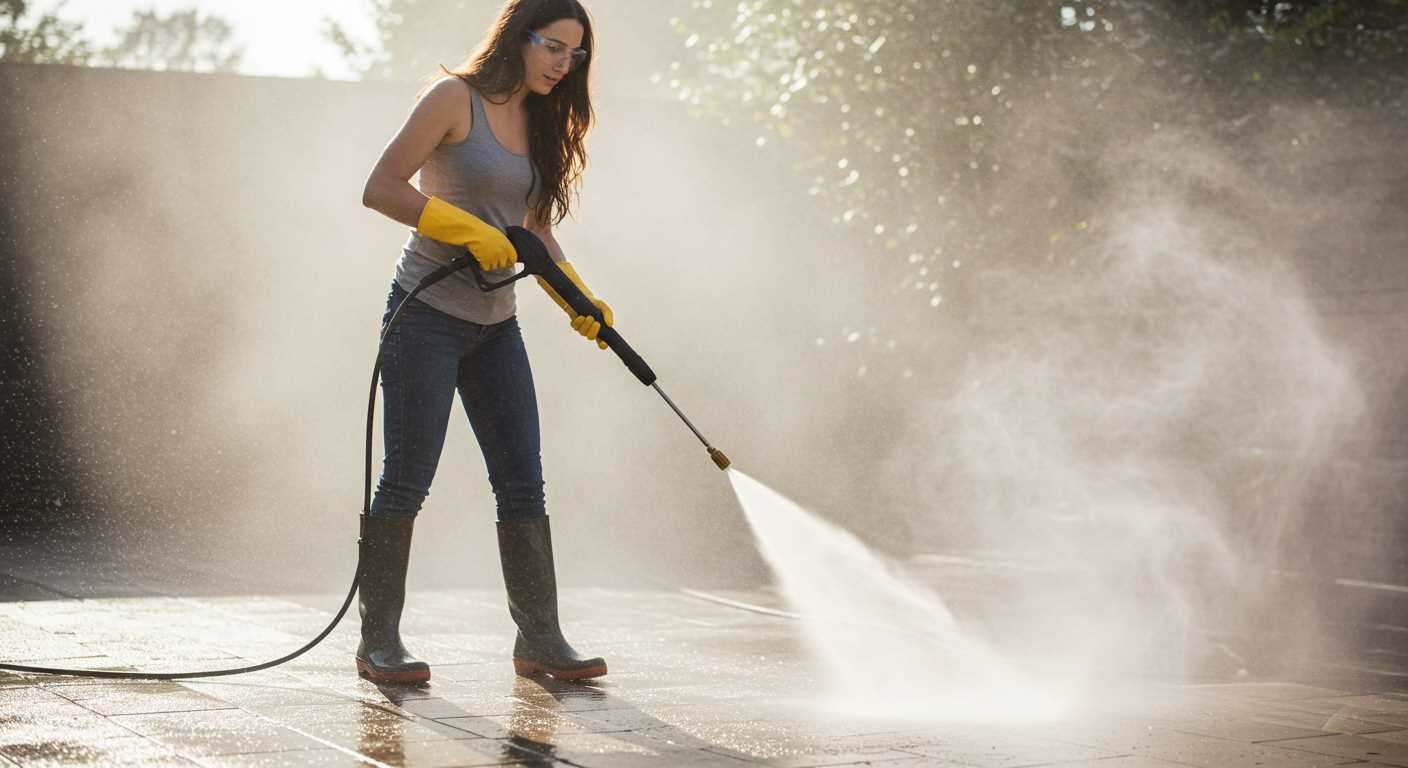
For optimal results when cleaning a synthetic surface, set the water pressure between 1200 to 1500 PSI. This range is effective enough to remove dirt and grime without damaging the material’s integrity.
Utilise a wide-angle nozzle, ideally between 25 to 40 degrees. This type of attachment allows for a broader spray pattern, reducing the risk of concentrated jetting that could cause wear or degradation.
Maintain a distance of approximately 2 feet from the surface while cleaning. This spacing helps to prevent direct impact that might compromise the surface layer.
Using a detergent specifically formulated for synthetic surfaces enhances cleaning performance. Apply it at low pressure, allowing it to work into the dirt for a few minutes before rinsing with fresh water.
Always ensure to rinse thoroughly after applying any cleaning agents, as residue can lead to discoloration or surface degradation. A second pass with fresh water, using the same wide-angle nozzle, provides a thorough finish.
Regular inspection of the equipment settings can help maintain efficiency. Adjust the pressure and distance based on specific conditions, such as stubborn stains or uneven areas, to achieve the best possible upkeep for your synthetic driveway.
Effective Cleaning Techniques for Resin Surfaces
Maintaining the appearance of synthetic surfaces requires specific techniques. Here are key methods to ensure thorough cleaning while preserving the integrity of the material.
Soft Washing Method
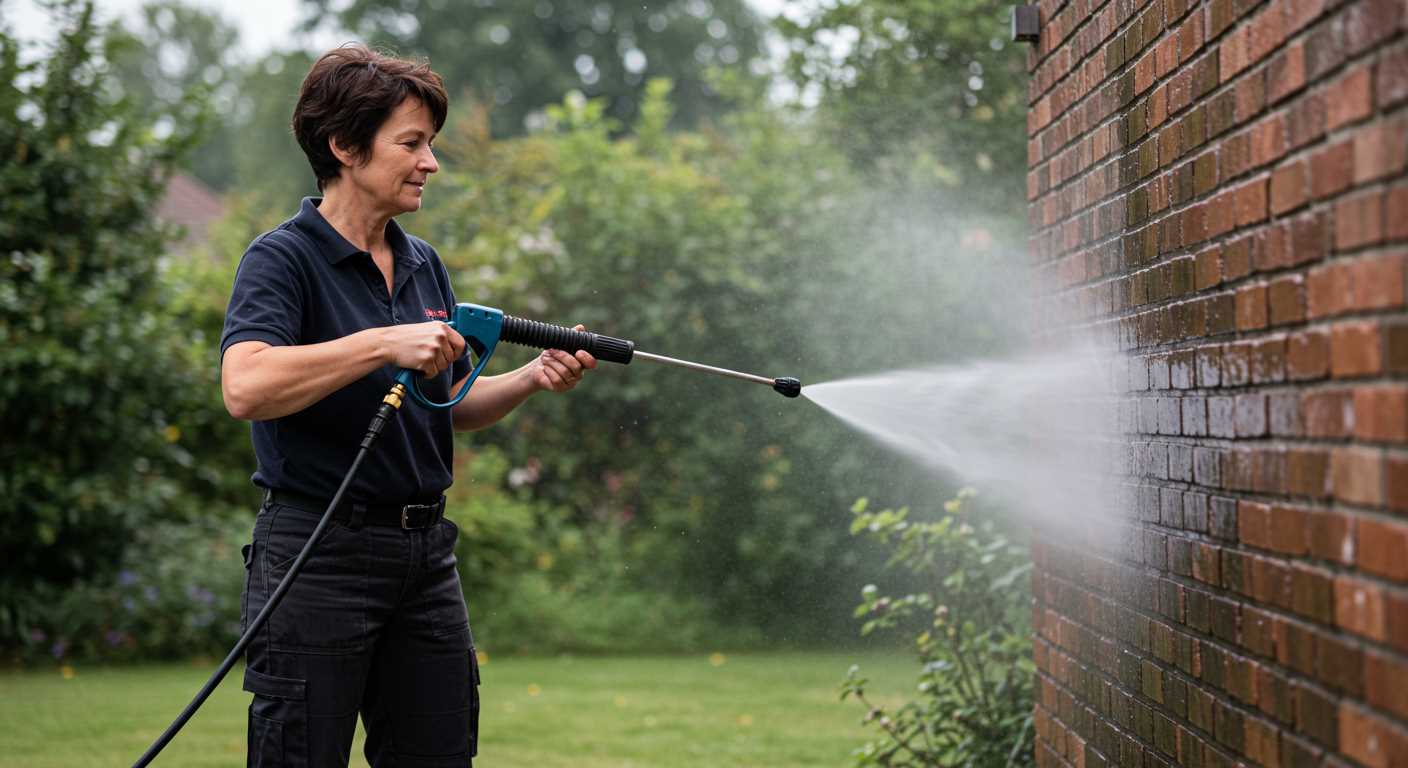
This technique involves using low-pressure water combined with a suitable cleaning solution. Follow these steps:
- Select a mild detergent formulated for synthetic materials.
- Mix the detergent with water according to the product instructions.
- Apply the solution using a garden sprayer or a cloth to the surface.
- Allow it to sit for a brief period to break down grime.
- Rinse with clean water using a gentle hose or bucket.
Scrubbing Techniques
For stubborn stains, manual scrubbing may be necessary. Here’s how to do it effectively:
- Use a soft-bristled brush to prevent scratching.
- Apply a suitable cleaner directly onto the stained areas.
- Gently scrub in a circular motion until the stain lifts.
- Rinse thoroughly with water to remove any cleaner residue.
Regular maintenance using these techniques will help retain the aesthetic quality of synthetic surfaces, ensuring they remain attractive and functional over time.
Alternative Cleaning Methods for Resin Driveways
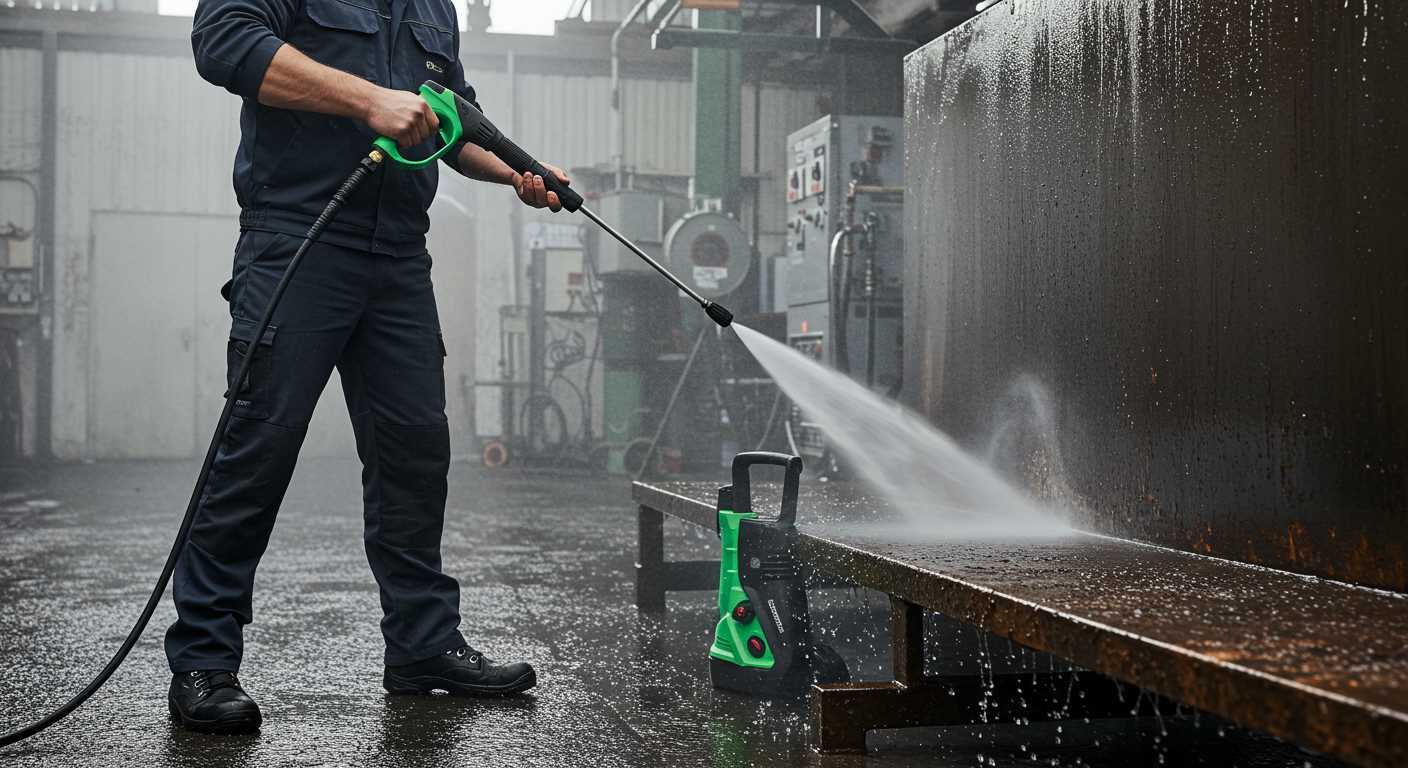
Regular maintenance is vital for keeping your composite surfaces in pristine condition. Here are several recommended techniques that ensure effective cleaning without compromising the integrity of the material.
- Soft Bristle Brush: Start by manually scrubbing the surface with a soft-bristle brush. This method helps dislodge dirt and debris without scratching the surface.
- Hot Soapy Water: Use a mixture of mild detergent with hot water to break down stubborn stains. Apply the solution and scrub gently to avoid any potential damage.
- Specialised Cleaners: Consider using cleaners specifically formulated for synthetic surfaces. Be sure to follow the manufacturer’s instructions to achieve optimal results.
- Garden Hose: A standard garden hose with a spray nozzle can effectively rinse away loose dirt. Aim for a gentle spray to prevent any unnecessary abrasion.
- Vinegar Solution: A mixture of equal parts vinegar and water can help tackle organic stains. Apply the solution, let it sit briefly, then scrub and rinse thoroughly.
- Steam Cleaning: This method offers a chemical-free option to sanitise and clean the surface effectively. Ensure the steam cleaner is used on low settings to avoid overheating the material.
After cleaning, allow the surface to dry completely before any heavy use. Regular maintenance and prompt attention to stains will prolong the lifespan of the material and keep it looking its best.
Common Mistakes to Avoid When Cleaning Resin Surfaces
Skipping the thorough rinse before starting is a major error. Debris left on the surface can scratch or damage the finish when pressure is applied. Always ensure the area is free of loose dirt and contaminants.
Using an incorrect nozzle type leads to uneven cleaning. A wide spray pattern is preferable to distribute the force effectively and avoid concentrating pressure on one spot, which could cause degradation of the surface.
Applying too much force is another frequent misstep. High settings may appear tempting but can create irreversible damage. It’s important to test a small, inconspicuous area first to determine the appropriate setting.
Not considering the distance from the surface while cleaning can cause problems. Maintaining a minimum distance of 30 cm prevents any potential harm while ensuring effective dirt removal.
Neglecting the weather conditions is crucial. Cleaning during rainy or overly humid days can prolong drying time and encourage the growth of mould or algae.
Improper Cleaning Solutions
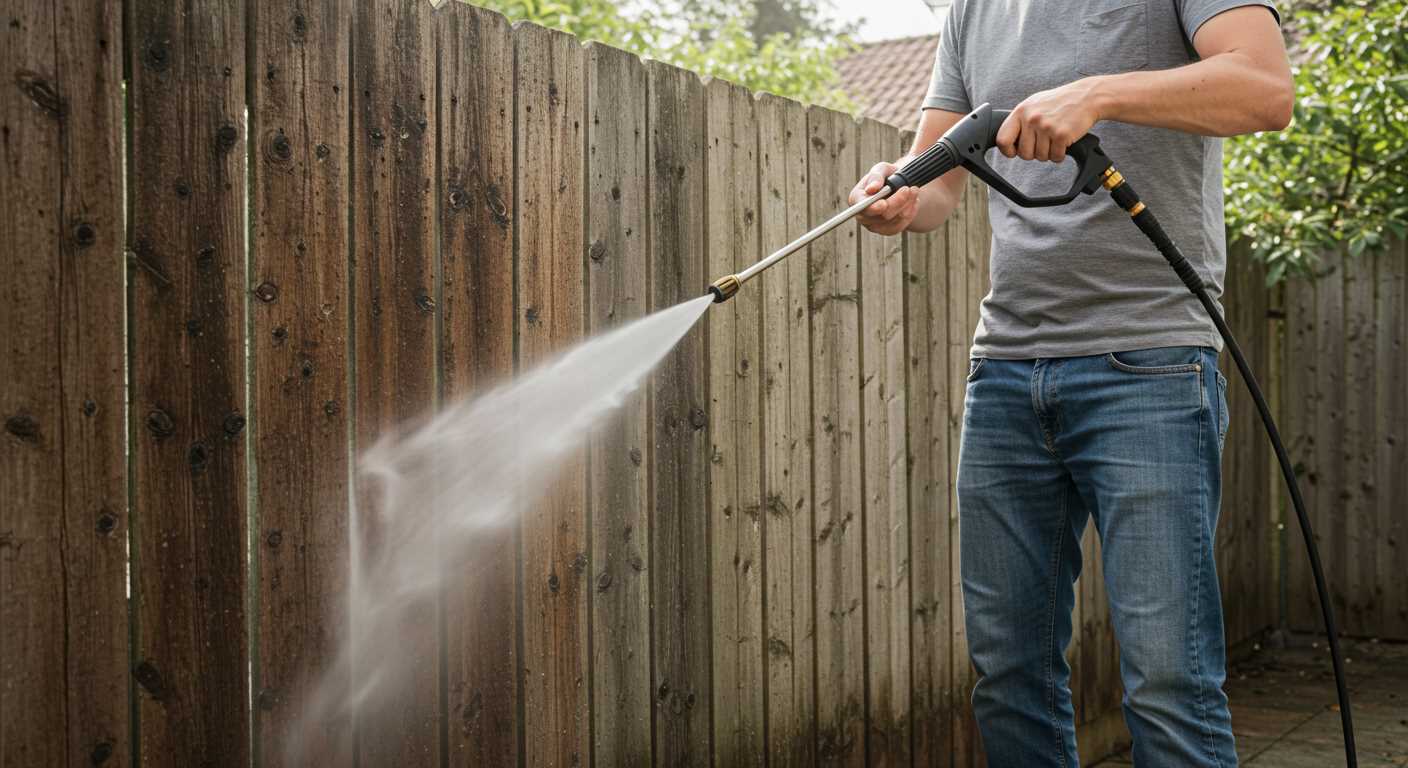
Using harsh chemicals or abrasive materials can compromise the integrity of the top layer. A mild detergent specifically formulated for these surfaces is recommended to avoid any adverse reactions.
Ignoring the benefits of regular maintenance is a common oversight. Light cleaning sessions every few months can prevent heavy build-up, making the task less laborious and reducing the risk of damage.
Overlooking Manufacturer Guidelines
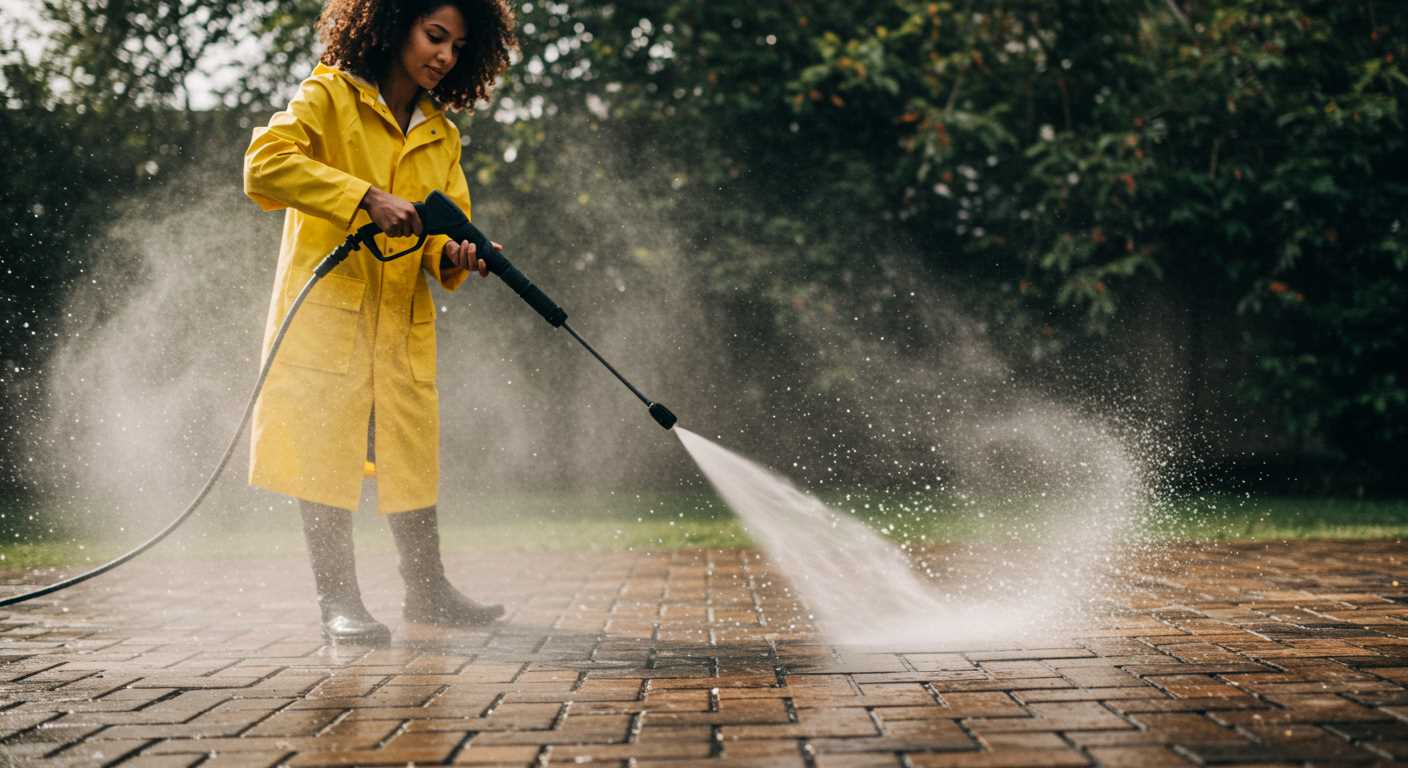
Every manufacturer may have specific recommendations. Ignoring these can lead to malfunctions and void any warranty. Always refer to the guidelines provided for optimal care and maintenance techniques.
Maintenance Tips for Longevity of Synthetic Surfaces
To prolong the life of synthetic surfaces, regular cleaning and protective measures are crucial. I recommend clearing debris like leaves and dirt frequently to prevent staining and degradation.
Monthly Inspection
Conduct a visual inspection every month. Look for cracks, loose areas, or signs of wear. Addressing minor issues early can prevent costly repairs later.
Proper Removal of Stains
For stubborn stains, it’s best to employ a soft brush with mild soapy water. Avoid harsh chemicals; they can compromise the material integrity.
| Maintenance Task | Frequency |
|---|---|
| Debris Removal | Weekly |
| Visual Inspection | Monthly |
| Stain Cleaning | As needed |
| Comprehensive Cleaning | Twice a year |
When undertaking a deeper clean, ensure the area is completely dry afterwards to prevent moisture issues. In addition, applying a protective sealant every couple of years can enhance durability and resist environmental elements.







